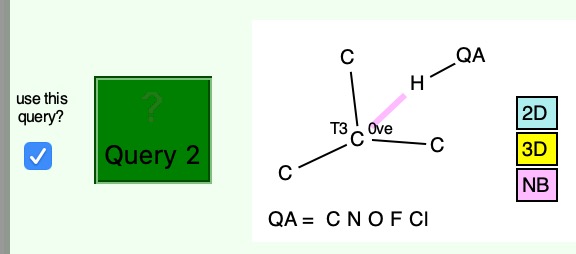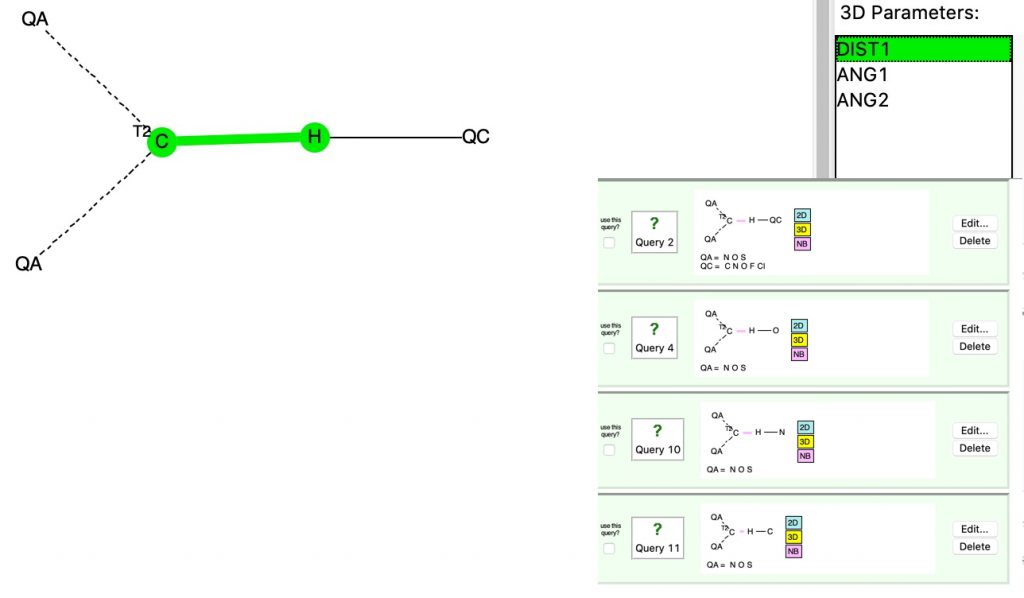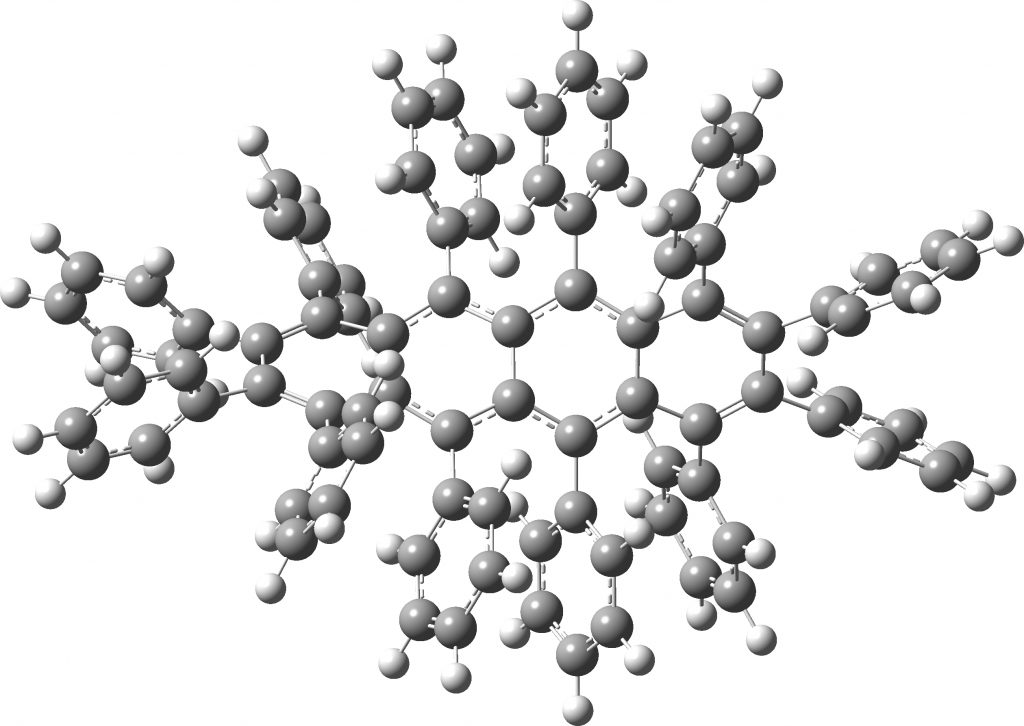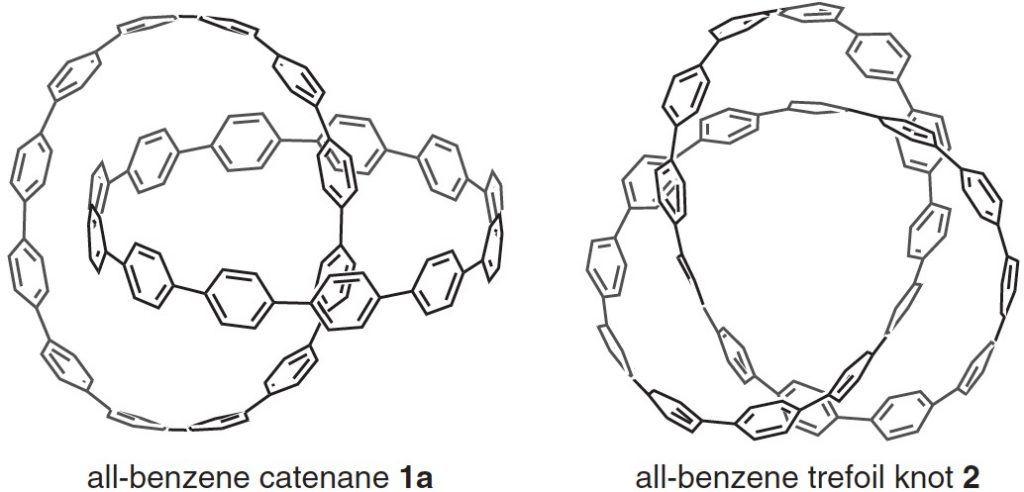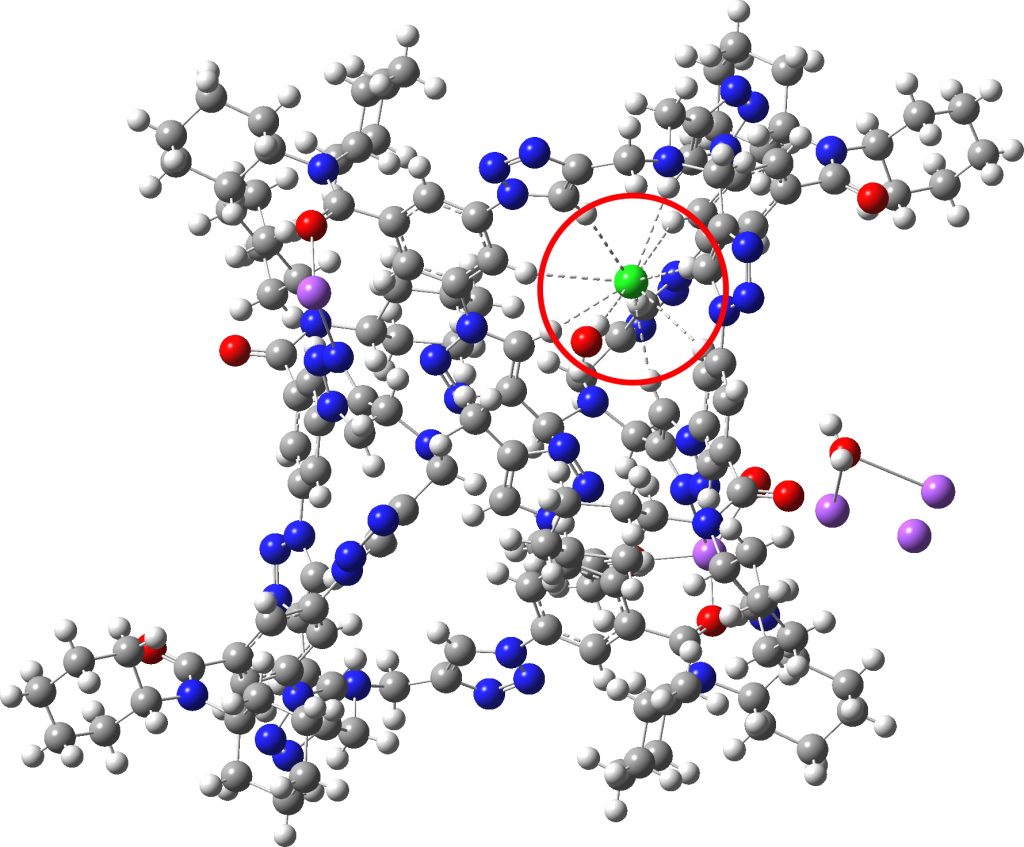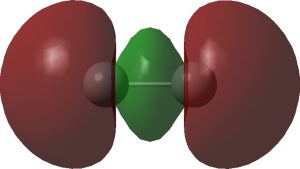
I noted in an earlier blog, a potential (if difficult) experimental test of the properties of the singlet state of dicarbon, C 2 . Now, just a few days ago, a ChemRxiv article has been published suggesting another (probably much more realistic) test.[cite]10.26434/chemrxiv.11446224.v1[/cite] This looks at the so-called 7 Σ open shell state of the molecule where three electrons from one σ and two π orbitals are excited

